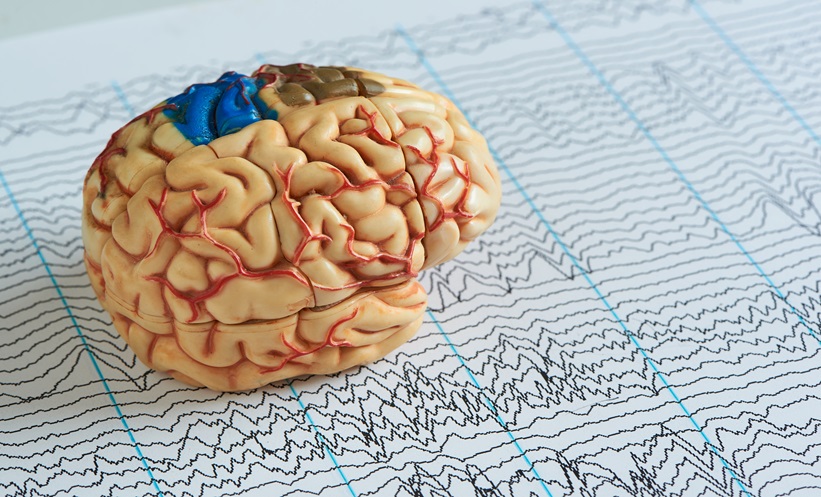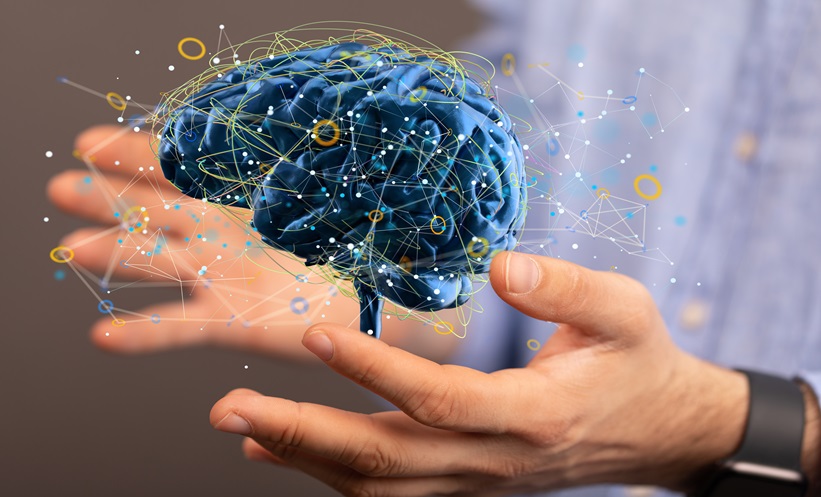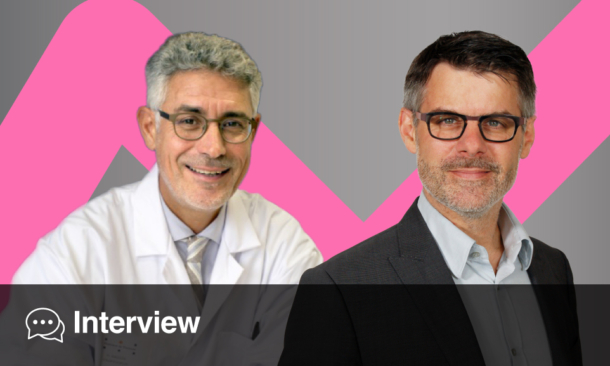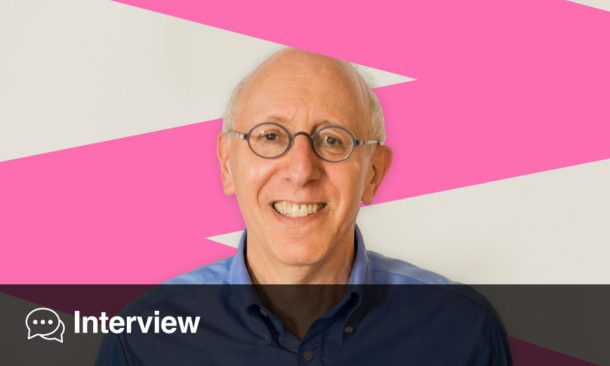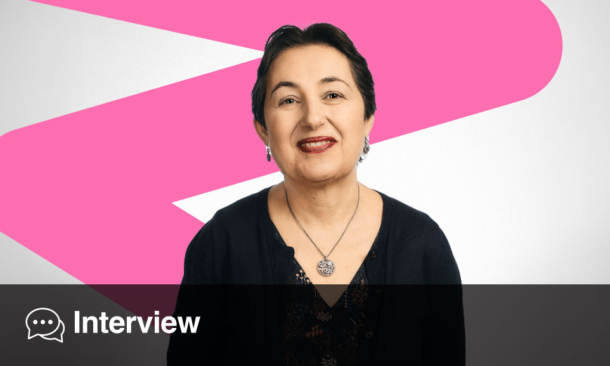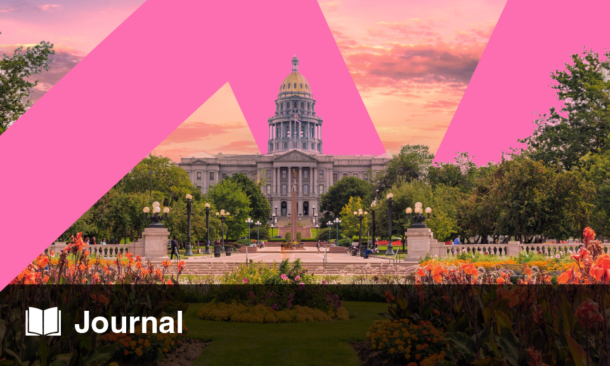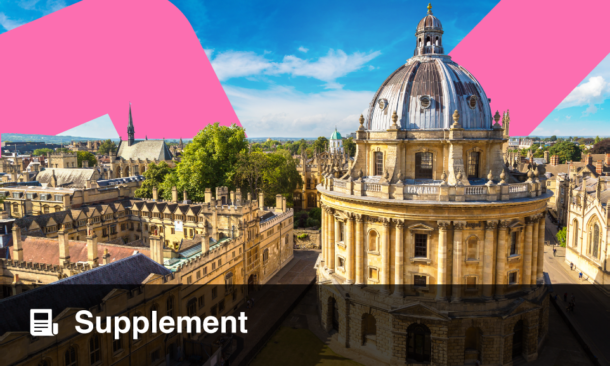Thomas Berger | Chair of EAN Scientific Committee
Citation: EMJ Neurol. 2024;12[1]: https://doi.org/10.33590/emjneurol/RYNK9812.
![]()
Following the completion of your medical degree from the University of Vienna in 1991, what led you to pursue a career in neurology and later specialise in neuroimmunology?
Originally, I wanted to get into tropical medicine. However, Vienna is not a core site for tropical medicine. By chance, there was a call for three research fellow positions at Vienna at the Institute of Neurology. The Institute of Neurology is the oldest neuropathological institute in the world, founded in 1882, and there were three units: neuroimmunology, neuropathology, and neurochemistry. The Department of Neuroimmunology was for experimental neuroimmunology, led and headed by Hans Lassmann, a leading neuropathologist in the world dedicated to multiple sclerosis (MS) as well as neurodegenerative diseases, such as Alzheimer’s disease.
At the time, I applied for the research fellowship position at the Institute of Neurology and told myself I would see what happens. Unbelievable, but true, I got the position. I can remember very well that the first time I came and introduced myself to Lassmann he said: “Do you want to do MS or Alzheimer’s research?” I said “I would prefer MS.” It was by chance, the flipping of a coin more or less. So, I started there with experimental neuroimmunology and neuropathology, also animal work. Following this, it was logical to continue in the clinical field of neuroimmunology. Once again, it was by chance, and I have no regrets. These were the crucial crossings in my career. Mainly, they happened by chance because one site offered more interesting possibilities or some advantages, or as I said, just by chance, because those research fellowship positions were not as readily available.
It was a good chance to get a foot into the door at the university, or at that time, the Faculty of Medicine. I believe a lot of things in this is a continuum; which also heralds true in research, because not all, even if it’s hypothesis-driven, is always the outcome of a rational thought, it happens often by chance. Nevertheless, you have to be alert to pick up the chances. I think that’s the most important thing. This is nothing specific for research, but something that accounts for everything in life.
As Chair of the Scientific Committee of the European Academy of Neurology (EAN), how have you shaped the 2024 scientific programme?
I have to be honest because the programme itself is not shaped or organised by the scientific committees but by the programme committee. However, indirectly, of course, the scientific committee has some influence on the programme. The scientific backbone of EAN are the scientific and coordinating panels, of which there are 32 at the moment that cover all fields of interest, including all disorders in neurology. They assemble more than 3,000 experts in their respective fields. What we usually do is release a call for those scientific and coordinating panels to propose programme items in terms of symposia, workshops, or any other EAN Congress sessions. Because of the 32 panels, more than 200 proposals usually drop in, which are then rigorously evaluated. At the end of the day, the programme committee selects and puts together the programme for the next year’s Congress. The final step is, thus, not done by the scientific but by the programme committee, which is a big task. However, the scientific committee is responsible for the motivation and performance of the scientific and coordinating panels; therefore, it is the main body of the programme. In addition, every Congress has an overarching theme. The overarching theme is, again, proposed by the programme committee, and everybody, including the board, is either in appreciation or they have some adaptive comments. However, at the end of the day, the overarching theme also influences the suggestions in the proposals because, in a certain way, they should adhere to the overarching theme, not exclusively, but in a significant manner. The programme is linked to the overarching theme.
Can you share your vision and key objectives for the 2024 EAN Congress in Helsinki?
My vision, apart from that it is a scientifically sound and highly interesting conference, regarding the participants coming from all over Europe and sometimes outside of Europe, they should have a good time not only because they learn new things and get the scientific context and education, but they also get to meet their colleagues. EAN has a slogan that is ‘we are the home of neurology’, so it is a kind of grand family party, where you meet once a year, see your colleagues from here and there, and you turn a corner and meet somebody that you have not seen for a long time. The atmosphere of this informal part is something that I think is for a family, for growth, and in the end, for wellbeing. This atmosphere should be met, and this is my vision because then people will make good memories, they will like it, and they will return with it. This is my vision, and of course, there are objectives. The key objectives are to provide high-quality scientific content, the best education, good interactions, and collaborations, and have exchanges on various formal or business levels, because there are a large number of scientific panels, organisations, and committees assembling at the time of the annual EAN Congress. Additionally, partner organisations and liaison meetings are taking place here. It is a big, revolving, exchanging group of more than 7,000 people. I believe that is the main objective. EAN has to meet the slogan ‘home of neurology’, so we are all meeting in the dining room.
What are some of the most anticipated sessions or highlights featured in this year’s Congress?
I need to be honest again, that due to my duties on various board activities of EAN, my frequency of visiting scientific sessions is less than I would like. Nevertheless, there are those that are my personal highlights. My research topic is in MS and neuroimmunology, as we have talked about, and a lot of cutting-edge, new information was presented. I like to go to sessions where you get the potpourri or kind of spectrum of various high-end lectures and presentations. The first one is linked to the overarching theme because there are plenary sessions, but also workshops focused on neuromodulation. Neuromodulation sounds a little dry and boring, but I think that it is an emerging field, and this is also the reason why it was chosen. There are a lot of developments going on, although it is in routine settings in certain disorders, like deep brain stimulation in movement disorders or non-invasive stimulation in patients with spinal cord trauma and pain, but there are permanent new advances; for example, non-invasive and non-lesional stimulation by MRI-guided high ultrasound techniques. These are technical developments that increase the efficacy of the intervention and lower potential side effects or unmanageable conditions. This is an extremely modern achievement for a segment of patients who do not represent the majority. Nevertheless, it is a high-end medicine in neurology, and it is continuing to develop. I like these kinds of topics very much because it is future driven.
My second point, which is probably not that future-driven but is a review or retrospective historical view named lectures. The named lectures are for eminent colleagues, not only from Europe but from elsewhere. There is the Charles-Edouard Brown Sequard prize, the Camillo Golgi prize, the Moritz Romberg prize, and the brain prize. The awardees are chosen and are more or less elected, but this means that they are eminent researchers in their more mature professional lives, and they give lectures on their expertise, showcasing the historical developments in clinical research and what the future holds. These lectures cover heterogeneous topics, and it is inspiring to hear from those colleagues who really contributed to specific diseases, their mechanisms of understanding, and therapy. I believe that these lectures are motivating for the younger generation because they see how dedication, commitment, and curiosity towards a particular pathway can lead to great success.
You have previously said that you hope to see “the Home of Neurology growing to a mighty skyscraper of clinical neurology and neuroscience”. Looking beyond 2024, what future directions do you foresee for EAN?
It is always brave to make such a prognosis or expectation, but I believe this is more than true. I am totally convinced, and this is not only a gut feeling because I can prove in all aspects that the skyscraper of clinical neurology has reached the clouds. We are in the clouds, which does not mean that we have stopped growing and that there is no need for further activities, improvements, optimisations, and developments, but the EAN has matured in its 10 years of existence. Since the birth of the EAN in 2014, it has developed into a neurological organisation in Europe, with some global impact. The impact of the EAN is on the level of education, research, science, and advocacy. We have to be the advocates for our patients because if they do not have us as advocates, we are doing the job wrong. Neurology is an extremely important field in medicine with an extremely high burden of disease, resulting in tremendous costs. However, this is not clear to the public. The public does not necessarily need to know all the details of neurology, but if the awareness is not there you cannot start, for example, prevention, because prevention requires a certain amount of knowledge and self-responsibility termed as health literacy. Only if people have awareness and know why, can they take on this responsibility. Going back to the skyscraper, I believe that we are now clearly in the cloud, but we need to get nearer to the sun still.
Multiple sclerosis is regarded as a dramatically improving field of neurology, with many new therapeutics being developed or made available. As the National Multiple Sclerosis Coordinator of the Austrian Society of Neurology, and President of the Multiple Sclerosis Research Foundation in Austria, what are the remaining gaps in multiple sclerosis research and care?
There are always a lot of remaining gaps because we still are some way from being totally satisfied, where we understand everything and can handle the logical consequences, including therapy. However, there are two major gaps, which are also the pathways that are followed right now and are being heavily researched. The first one is prognostication and individualisation of therapy. Individualisation means that we move into a personalised approach, that any prognostic marker, be it a fluid body marker or a non-fluid body like imaging, needs to prove that it is individually working and not only on the group level. At the moment, we are at the group level, which is already a good development. Regardless, we now have to dissect this more and tailor it to the individual. This is a logical approach and if I can individually define the prognosis of a person with the diagnosis of MS or any other disorder, then I can also tailor my recommendations or activities, and introduce treatments. There is a plethora of treatments available and approved for MS and related disorders; however, not every patient needs a specific treatment or lifelong treatment. It would be a big advantage for patients if we could define individual risk for disease. It is not appendicitis, where you cut out the appendix and the problem is solved. We are dealing with a potentially chronic disease, so we have to prognosticate what might happen 30 years down the road, which is difficult, not only on a research activity or demand perspective, but also on an intellectual perspective as it demands an intellectual vision.
Having said that, the logical consequence then is to tailor therapies. Now, as I said, the approved therapies are quite broad because when I started with MS clinically in 1994, which is now 30 years ago, we had different first treatments available. In the last 3 decades, treatments have expanded dramatically for the good of the patient. Nevertheless, the approach should be to stop the disease. Between using the terms stopping or turning down, the word is probably not important for the patient because they do not care what I term it as long as nothing happens anymore. However, cure is an emotionally different promise, and we cannot promise that we will cure MS. We can promise that we tried to stop it. So, the cure is the issue, and the cure will work via the immune system. There is progress in the immunological understanding of this autoimmune disorder, so there are thoughts of resetting autoimmunity, which means that we are truly not only stopping but curing the disease. If you stop the autoimmune trigger or cascade, the problem is solved. We are not there yet, but we are far closer to this idea than 10 years ago.
As Chair of the Task Force on Teleneurology, how has teleneurology developed in recent years, and how do you see its role evolving?
The Teleneurology Task Force was a response to the pandemic. W were immediately in this from one day to another, forced to establish ourselves in a more systematic way because the equipment and the possibilities were there before the pandemic, but our health system and technical systems were not ready. In a very short time, we, and this does not mean me, but those in my department and anybody in the medical field, tried to link with the patients who were not socially but physically distant. Therefore, teleneurology suddenly boomed. This was one of the good offsprings of the pandemic, because suddenly it worked. We got diagnosis-related groups for that and we had no legal problems. We had consented, informed patients, so it worked suddenly and effectively. The next developmental step that occurred was AI and it can be argued that teleneurology is a part of this. In this way, the task force merged into a more overarching task force, which is AI in neurology. This is definitely the more important topic, rather than establishing remote conversation or even investigation tools here, because this is now a daily practice.
Teleneurology was a good reaction to a dramatic situation, as it enabled us to link with our patients, which was extremely good for both them and us. Nevertheless, the next step is digitalisation, AI, and deep cognitive algorithms. This is an important issue. We need to advance our performance, as digitalisation means we perform easier handling of data by merging, connecting, and also establishing data, which of course causes a plethora of problems and questions. Regardless, I think it was good that the teleneurology Task Force transformed into the AI Task Force in neurology. As this is a demanding issue, it is essential to have a systematic approach. Otherwise, others will take over the field, and I am talking about for-profit organisations. I am not scared of the technologist because if you work long enough in any field you recognise that some little technical automatisation processes are always seen with scepticism because they are replacing humans. In labs, for diagnostic purposes, there was always scepticism because it not only optimises the process but removes the human element. This is true for many professions, probably not that much on the level of physicians but definitely for nurses and technicians. Therefore, I believe that it is of the utmost importance that we create those things rather than any business-driven models and enterprises that might use the data collected for other purposes.
Looking back on your career, what has been your proudest achievement?
You can think about this question in various ways. However, I think the most important thing for me is if the things I have done in my professional career up to now and the future it will inspire, especially for younger colleagues, people, clinicians, researchers, and students, to dream a little bit more about the topic and to be curious. If I can do this, I will believe I have fulfilled my mission. I have supervised more than 120 young medical students and also doctoral students writing their master thesis and PhD thesis, and for me, it was very reassuring that the majority of those got into the field of neurology, made it through residency, and are now neurologists. Mission accomplished. I think anything else can be temporarily important or scientifically important, but I think the most rewarding thing you can do is inspire other people to think and work and to expand themselves in the field, because then you care for sustainability in this specific field.

